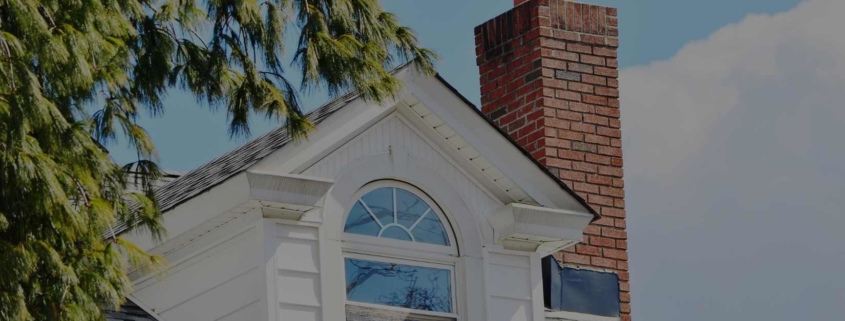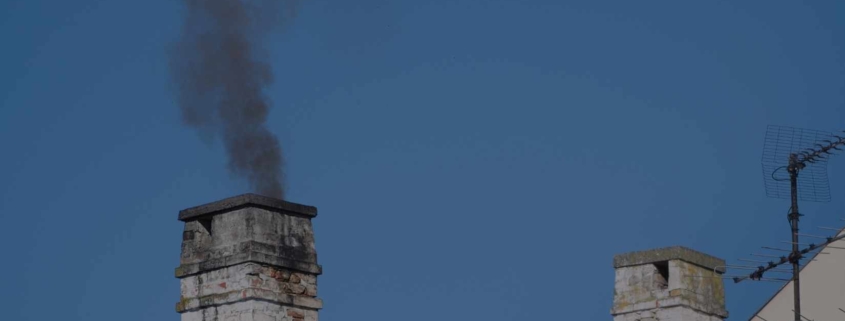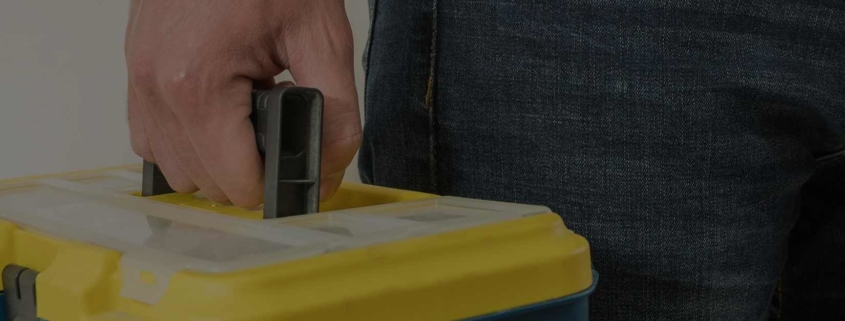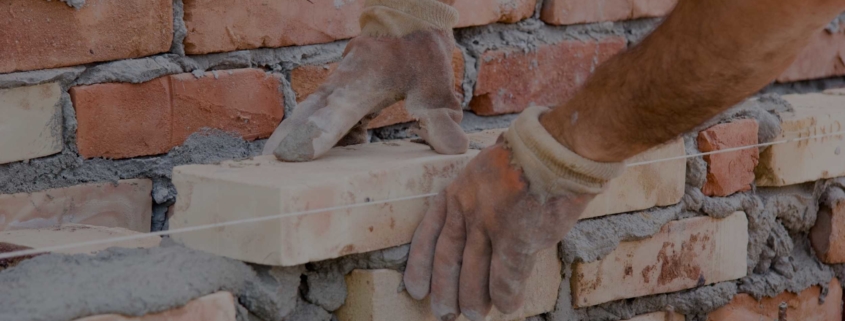Bricks and mortar on the exterior of a well-built stone chimney will progressively succumb to weather-related damage as it ages. Not only do older masonry chimneys deteriorate with age, but even newer masonry chimneys can be damaged if they are not adequately cared for and maintained. Unfortunately, spalling is linked to all symptoms and signs of chimney deterioration.
What Exactly Is Spalling?
Spalling is a process that occurs when the surface layer of a material erodes or is peeled away from the underlying material. Spalling is typically seen in brick and masonry buildings where a significant amount of mortar has been chemically linked to the brick and is then detached from the brick.
What Are the Significant Causes of Spalling During Winter?
Masonry comes into direct contact with the elements of nature, and even severe winter weather can cause damage to masonry surfaces and mortar.
These severe weather conditions affect moisture and temperature levels. For example, temperature fluctuations can cause freeze and thaw cycles on various construction materials. Another major cause of spalling is frost heaving, also known as frost spalling or frost shattering.
Frost spalling is the process where frost expands ice in the masonry. The expansion and contraction caused by tiny ice crystals separate the masonry from the mortar. These ice crystals cause the masonry to move within the cannon and expose the masonry and its thermal insulation.
What Are the Other Effects of Frost Spalling?
Frost shattering can cause bricks to crack and break apart or cause mortar to crack and separate. Frost shattering can be very dangerous as it can cause falling bricks and pieces of mortar and spalling, which can cause serious harm to people and property.
Not only does frost spalling cause masonry surfaces to erode and spall, but the water vapour within the ice crystals can also pass the masonry surface and the thermal insulation, which can cause the insulation to deteriorate and the masonry to freeze and crack.
As the masonry cracks, the thermal insulation can be broken apart by water vapour and moisture, compromising the insulation. That means that the home will lose heat, which can cause a higher heating bill.
How Can Spalling Be Repaired?
Spalling can be repaired using the appropriate masonry patching material. The damaged area of the chimney is smoothed, and the mortar is reset to match the original surface. To remedy this, you can search for chimney repairs near you.
Spalling can also be repaired using a chimney crown. A chimney crown is essentially a metal flashing installed at the top of the chimney to protect it from the elements.
Is It Possible to Work on Masonry in the Winter?
Generally, it is not recommended to work on a masonry structure during the winter months. This is because the temperature and moisture variations can cause additional damage to the chimney.
However, if a new structure is repaired, there is no damage to contend with due to the spalling process. In this case, it may be possible to make the repairs during the winter, as long as it is not too cold or too windy.
Conclusion
The structure may be falling apart before your very eyes, and you may not even be aware of it. If the damage is not repaired, there is a potential for the chimney to collapse, which could cause significant damage and injury to people in your home and the surrounding area.
The longer you wait to repair spalling and restoration on your masonry chimney, the higher the cost will be. While some spalling can be repaired quickly and with a low price, the longer you wait, the more significant the damage will become.
Red Robin Masonry is Toronto’s most reputable masonry company. Our masonry services include brickwork, chimney work, parging, stonework, and more. If you are looking for reliable chimney repair services in Toronto, contact our team today!




